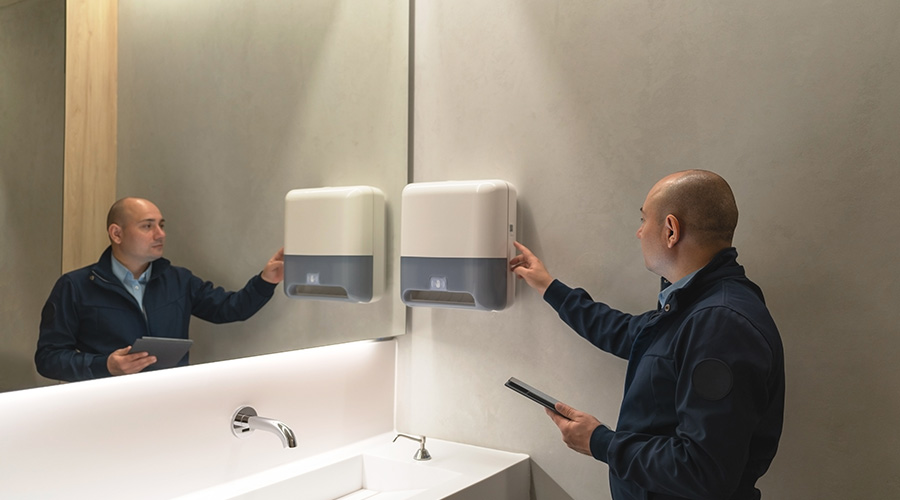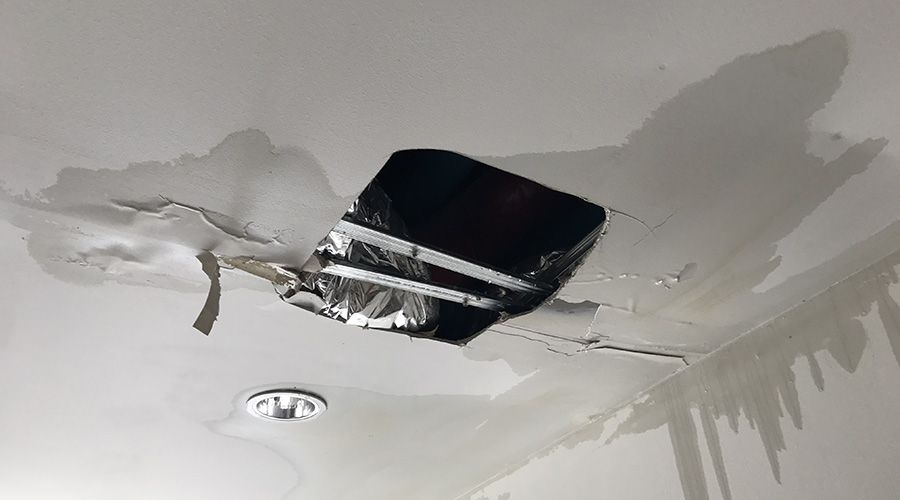Maintenance Considerations for Sensor-Operated Fixtures, Faucets
Manual-flush toilets are common, but users do not reliably flush them after use, creating hygiene concerns. Sensor-activated toilets do not require the user to touch the fixture and are designed to operate after every use.
But older, sensor-operated fixtures can phantom-flush several times during one use, leading to water-efficiency problems. Technicians can address this situation by adjusting the beam on the fixture.
Another consideration for sensor-activated toilets is the power source. Battery-operated fixtures operate when power is lost. Some recharge through solar cells and water flow. Sensor-activated units do not require frequent battery changes, with some manufacturers offering a 30-year performance life.
Some fixtures reduce battery use through the use of power from water. Manufacturers install turbines in the fixture's water flow to generate small amounts of electrical power that operate the fixture.
Many sensor-operated fixtures also offer the option of flushing at predetermined times. This feature helps keep the trap primed in fixtures, such as sports facilities, that might not get regular use. This option also can help maintain the charge on a hydro-powered fixture.
Lavatory Faucets
The final category managers can consider when looking to improve restrooms' water efficiency is low-flow faucets. Some reduce water use with a simple flow restrictor in the spout, which technicians can remove easily. Higher-quality fixtures integrate a flow-restricting device into the fixture.
Manual and electronic metering fixtures that control the amount of time a fixture operates are available and recommended for public installations. While sensor-activated faucets can use more water than manual faucets, they provide sanitary benefits that can outweigh the additional water used.
Before installing faucets with flow rates of 0.5-1.8 gpm as standard fixtures, managers should test them to ensure they meet the organization's goals for sustainability and efficiency. When specifying sensor-operated fixtures, it is important to ensure workers coordinate cleaning chemicals and methods to prevent damage to and failure of sensor lenses. Managers whose departments use power washers for cleaning restrooms need to specify fixtures rated for this type of cleaning method.
Winston Huff, CPD, LEED AP is a project manager, plumbing designer, and LEED facilitator at Smith Seckman Reid Inc. a full-service engineering design and facility consulting firm.
Related Topics:















